1. Pet Cloning Will Become the Norm—But Will It Be Ethical?
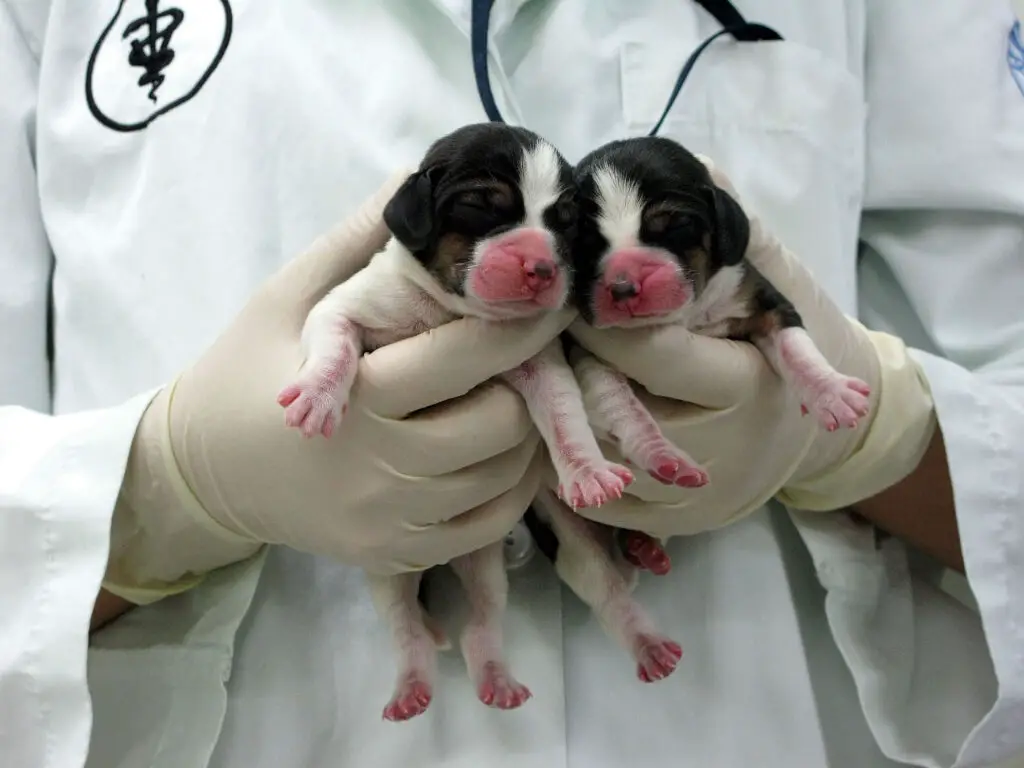
Imagine a future where saying goodbye to your beloved pet doesn’t have to be forever. Right now, when a pet passes away, people have no choice but to grieve and move on. But what if technology allowed them to bring their furry friend back—again and again? Pet cloning is already a reality today, with companies like ViaGen Pets offering to clone dogs and cats for thousands of dollars, according to the BBC. It’s an expensive process, but as cloning technology advances and costs decrease, it could become a mainstream option. In the future, people might be able to keep the “same” pet for their entire lives, simply cloning it every time it passes away.
While this sounds like a dream come true for pet lovers, it also raises serious ethical concerns. Cloning doesn’t guarantee the same personality, and there are risks of health defects in cloned animals. Over time, this could create a society where natural pets become less desirable and genetic diversity among household animals declines. There’s also the question of whether constantly recreating the same pet prevents people from emotionally growing and forming new bonds. Would a cloned pet truly be the same as the original, or just a biological copy with no connection to its past life? This futuristic concept could change the way we view pet ownership forever—but whether that’s a good or bad thing is still up for debate.
2. Wild Animals Will Roam Free in Rewilded Cities

For centuries, human expansion has pushed wildlife further and further away from cities, but in the future, that could change. Instead of forcing animals to retreat into shrinking forests, some experts predict that we’ll design cities to include them. Imagine walking down the street and seeing foxes, deer, and even small predators like bobcats moving freely through urban green spaces. Buildings might be designed with built-in bird nesting areas, bridges could have dedicated animal crossing lanes, and massive rooftop gardens could provide habitats for species that were once pushed out of urban environments. According to Greener Insights, urban rewilding involves transforming city spaces into thriving ecosystems that support wildlife and plant growth.
This concept, known as “rewilding cities,” is already being tested in some parts of the world. European cities like Amsterdam and London have introduced beavers and birds of prey to help restore natural ecosystems, and some U.S. cities are experimenting with bringing back native species. But there are risks—will humans be comfortable sharing their space with wild animals? Could this lead to more conflicts, like predators attacking pets or deer causing traffic accidents? The key will be finding a balance where humans and animals can coexist without harming each other. If done right, the cities of the future could feel like giant open-air nature reserves, giving us a daily dose of the wild without ever leaving home.
3. Animal Rights Will Extend to Legal Personhood
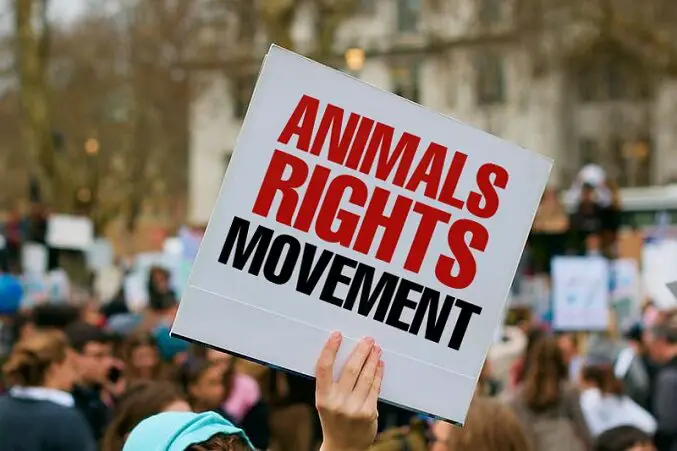
Right now, in the eyes of the law, animals are treated as property, no different from furniture or cars. But in the future, this could change dramatically. Some legal experts predict that certain highly intelligent species—like great apes, dolphins, and elephants—could be granted limited legal personhood, according to Congressional Sportsmen. This means they wouldn’t just be protected under animal welfare laws; they could actually have rights similar to those of young children or mentally impaired individuals. Courts have already started debating whether animals should have the right to live freely, and some countries have made strides toward recognizing their interests in legal cases.
If this movement gains traction, it could completely reshape industries that exploit animals. Zoos, circuses, and marine parks might be forced to close or dramatically change their business models. Lawsuits could be filed on behalf of animals suffering in factory farms, potentially making certain forms of meat production illegal. This could also impact pet ownership—if animals are legally recognized as individuals rather than property, would keeping them in our homes still be ethical? The shift toward animal personhood would be one of the biggest legal revolutions in history, forcing humanity to rethink its entire relationship with other species.
4. Lab-Grown Meat Will Make Factory Farms Obsolete
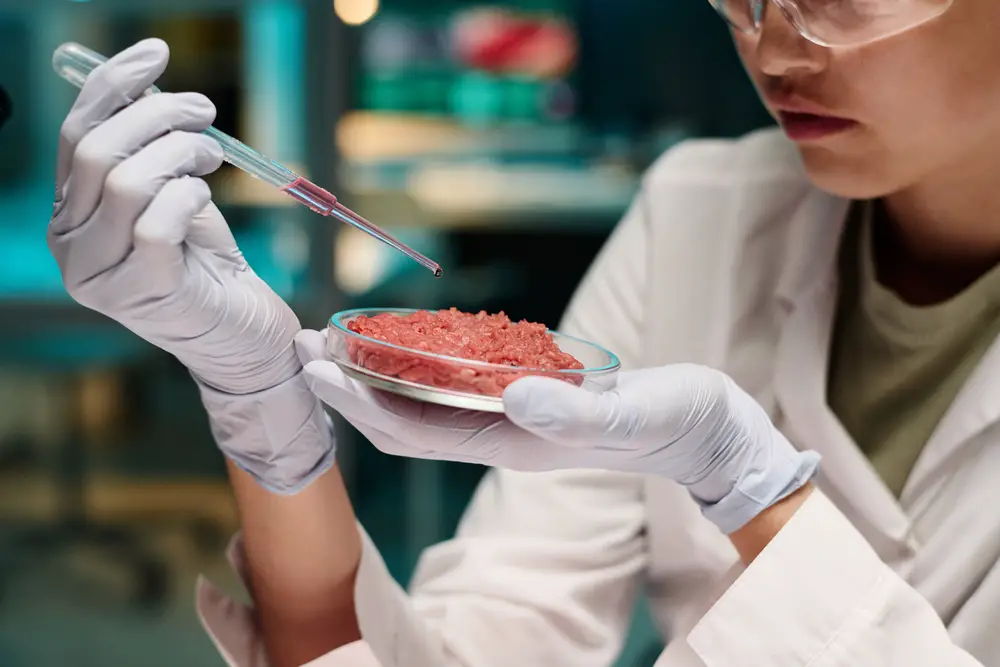
By 2050, meat as we know it might not come from animals at all. Lab-grown, or cultured, meat is already being developed, and in the future, it could completely replace traditional factory farming. Scientists have found ways to grow real meat from animal cells without ever needing to slaughter a cow, pig, or chicken, according to APNews. The process involves taking a small biopsy from a living animal, then using that tissue to grow muscle in a lab. The result? A steak, burger, or chicken nugget that is biologically identical to meat from a farm but without the environmental damage or ethical concerns.
If this technology becomes widely available, it could eliminate the need for industrial farms, which are responsible for massive greenhouse gas emissions, deforestation, and animal cruelty. But will people embrace it? Many consumers remain skeptical, worried about the “unnatural” aspect of lab-grown food. And how would this affect farmers and ranchers, whose entire livelihoods depend on raising animals for meat? While the transition won’t happen overnight, lab-grown meat has the potential to revolutionize the food industry and change the way humans interact with animals—possibly making factory farming a thing of the past.
5. AI Will Allow Us to Communicate with Animals
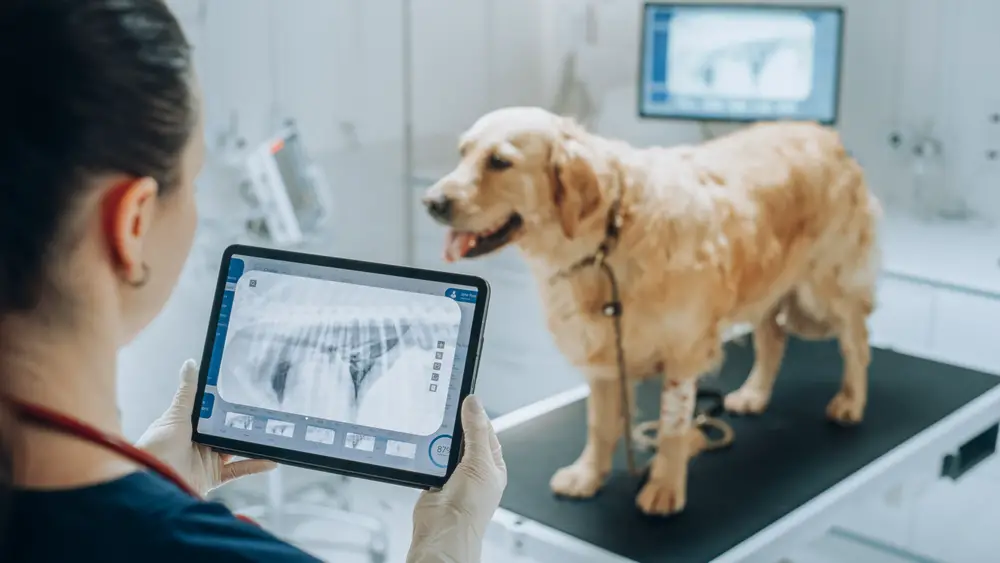
Have you ever wished you could understand exactly what your dog is thinking? In the near future, artificial intelligence might make that possible. According to Toronto Starts, scientists are developing AI-driven tools that analyze animal vocalizations, facial expressions, and body language to translate their emotions and intentions. Imagine an app that tells you whether your cat is happy, hungry, or stressed—or even a wearable device that allows farm animals to “speak” by selecting pre-programmed responses.
This breakthrough could completely transform animal welfare. Pet owners could understand their animals’ needs better, reducing frustration and improving training techniques. Farmers could detect illnesses in livestock before symptoms become obvious. Even conservationists could use AI to understand how wild animals communicate, helping to protect endangered species. But it also raises questions—if we learn that animals are expressing emotions as complex as ours, will we still feel comfortable using them for food, entertainment, or research? The ability to “talk” to animals could make it much harder to ignore their suffering, leading to a major shift in how society treats them.
6. Some Species Will Be Brought Back from Extinction
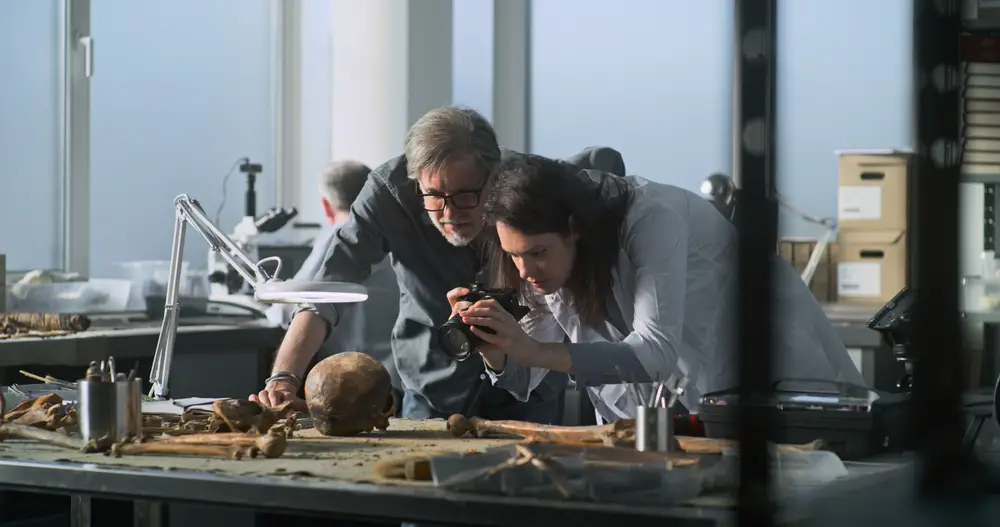
De-extinction sounds like something straight out of science fiction, but researchers are already working on it. Scientists have mapped the genomes of extinct species like the woolly mammoth and passenger pigeon, and they’re actively experimenting with ways to bring them back. Using advanced genetic engineering techniques like CRISPR, they could modify the DNA of closely related modern species to recreate extinct ones. If successful, this could mean that, in a few decades, we might see once-lost animals roaming the Earth again.
While this sounds incredible, it comes with risks. Would these revived species be able to survive in today’s altered ecosystems? Could they become invasive, disrupting the balance of nature? And even if we bring them back, what’s stopping humanity from driving them to extinction again? Some scientists argue that our focus should be on saving endangered species instead of reviving long-lost ones. But if de-extinction becomes viable, it could change conservation forever—offering a second chance to species we thought were gone forever.
Click here for more stories like this
7. Climate Change Will Shift Animal Migration—and Bring Unexpected Visitors
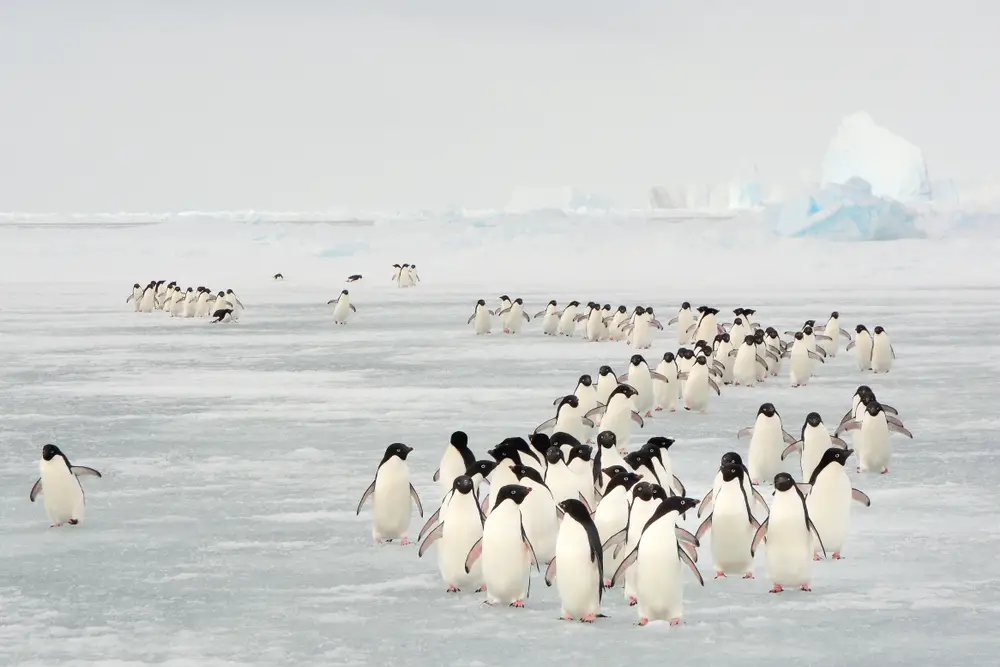
As the planet warms, animals are already changing their migration patterns, but in the future, this could happen on a massive scale. Species that once thrived in tropical regions might move north in search of cooler temperatures, while animals adapted to colder climates may struggle to find suitable habitats. This means that Americans could start seeing completely different wildlife in their backyards. Imagine alligators appearing in places as far north as Virginia, jaguars returning to the southwestern U.S., and tropical birds setting up permanent homes in Florida instead of just passing through.
This shift could have unpredictable consequences. Some species may thrive in their new environments, while others may struggle to adapt. It could also lead to increased human-animal conflicts—bears, coyotes, and even big cats might enter urban areas more frequently in search of food. Meanwhile, some iconic American species, like moose or certain types of salmon, could face extinction if they can’t adapt fast enough. Conservationists will need to rethink how they protect animals, and city planners may have to redesign urban spaces to accommodate new wildlife neighbors. In a world where climate change is reshaping nature, the way we live with animals will have to evolve, too.
8. Zoos Will Transform Into High-Tech Conservation Centers
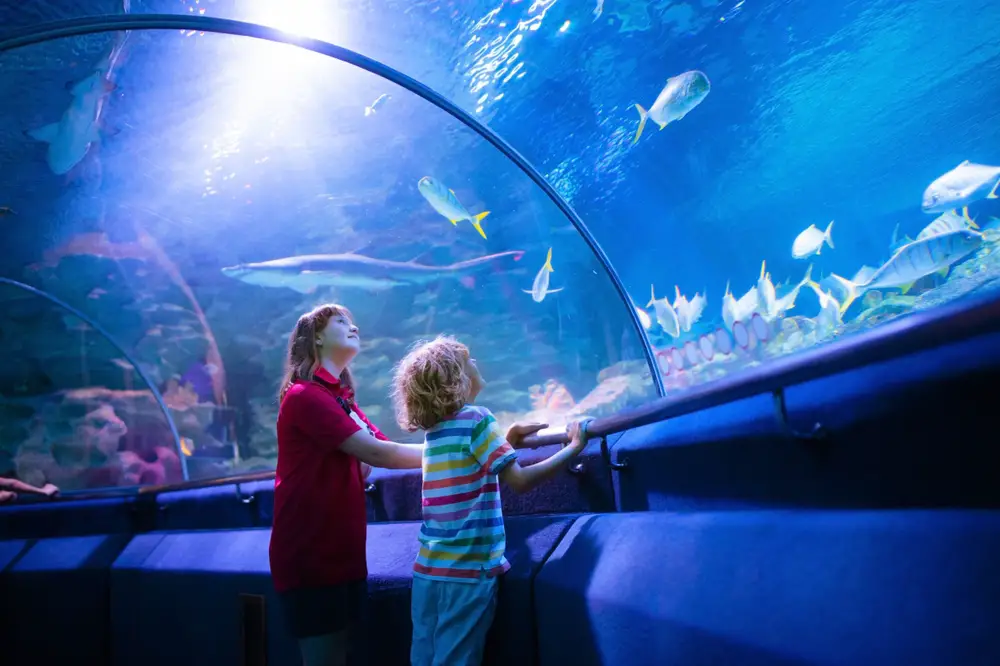
Traditional zoos may soon be a thing of the past. Right now, many zoos focus on displaying animals for public entertainment, but in the future, they could become something entirely different—high-tech conservation centers where people can interact with animals in completely new ways. Instead of keeping animals in enclosures, future zoos might use massive, open-air sanctuaries that replicate natural habitats as closely as possible. Some zoos could even switch to using augmented reality (AR) or holograms, allowing visitors to experience animals in lifelike detail without actually keeping them in captivity.
This shift would address growing ethical concerns about keeping wild animals in confined spaces. Instead of simply being places to look at exotic animals, future zoos could focus on rescuing and rehabilitating injured wildlife, conducting advanced breeding programs to save endangered species, and using AI-powered technology to educate the public. Imagine walking into a zoo where you can watch a real-time hologram of a snow leopard in the Himalayas or use virtual reality to “visit” animals in their natural habitats around the world. These futuristic zoos wouldn’t just be about entertainment—they’d be hubs for global conservation, ensuring that future generations can experience wildlife without harming it.
9. Personalized Genetic Engineering Will Let People Design Their Own Pets
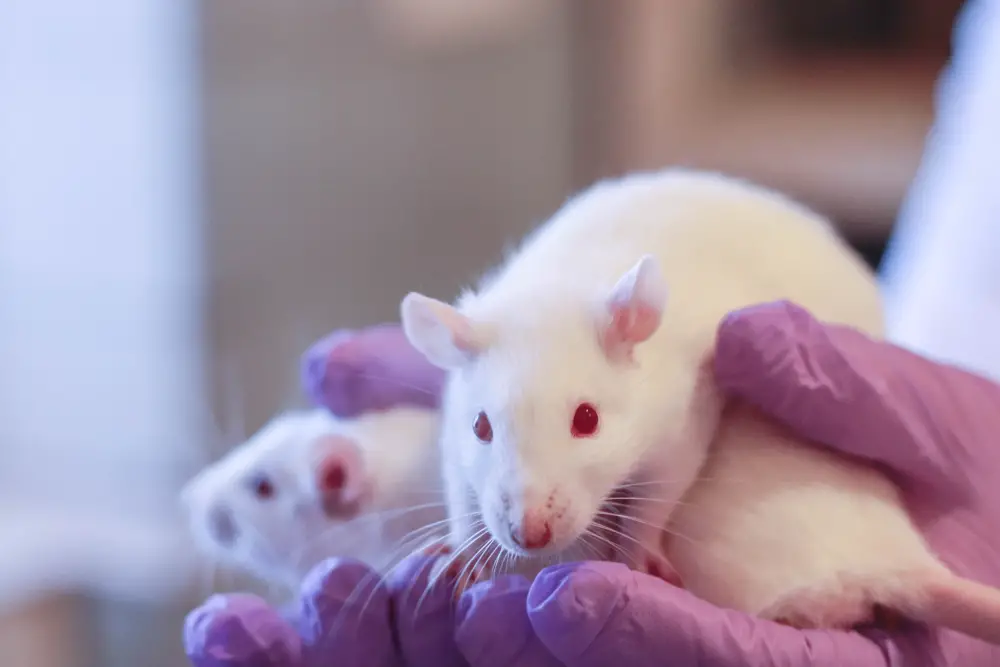
Right now, when people adopt a pet, they’re limited to what nature provides—certain breeds have specific traits, but personalities and health issues can be unpredictable. However, as genetic engineering advances, future pet owners might be able to customize their animals before they’re even born. Imagine selecting the exact coat color, eye shape, intelligence level, and even temperament of your dog or cat. Pet stores of the future could resemble high-tech genetic labs, where people “order” their perfect companion based on designer traits.
But with this level of customization come major ethical concerns. Will natural-born pets become less desirable? Will we create unintended genetic defects by tampering too much? And what happens if people start designing animals purely for status, like ultra-exotic pets with glowing fur or wings? The line between natural and artificial could blur, forcing society to rethink what it means to truly love an animal.
10. National Parks Will Become Immersive Eco-Tourism Hubs with No Borders

National parks have long served as America’s most treasured wildlife refuges, but as tourism increases and cities expand, their future may look very different. Instead of fenced-off protected areas, the parks of tomorrow might become sprawling, borderless ecosystems that blend seamlessly with the surrounding land. Wildlife corridors could connect national parks across states, allowing animals to roam freely without human-made obstacles. This means a wolf born in Yellowstone could travel unhindered all the way to the Rocky Mountains.
For visitors, the experience could be completely transformed. Eco-tourism might involve extended stays in futuristic glass-domed lodges where people can observe wildlife in its natural habitat without disturbing it. Augmented reality could enhance the experience, letting tourists “see” how the land looked centuries ago or track animal movements in real-time. But with increased access comes increased responsibility—can we expand national parks while still protecting the animals within them from human interference?
11. Wildlife Conservation Will Shift to Space—Yes, Space!
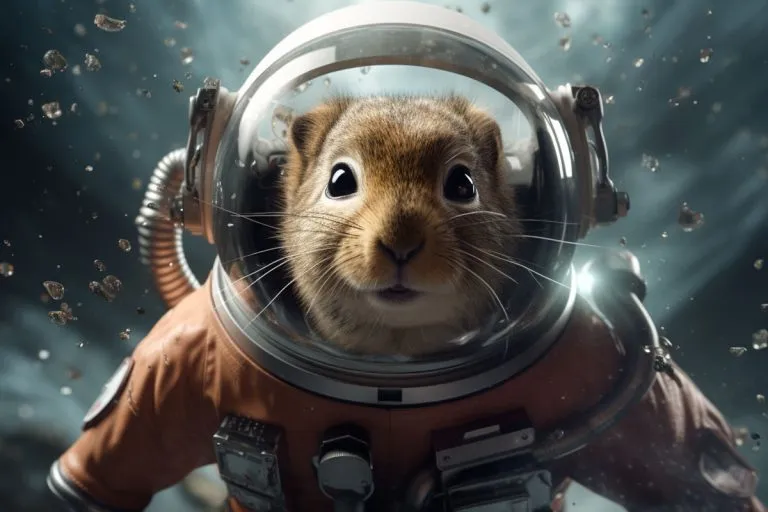
With climate change threatening many species on Earth, some futurists believe that conservation efforts might eventually extend beyond our planet. Scientists have already proposed the idea of creating “space arks”—self-sustaining habitats in orbit where endangered species could be preserved in case of ecological collapse on Earth. If humanity colonizes Mars or the Moon, some animals could be transported there to establish off-world ecosystems.
This raises profound questions: Would animals be able to adapt to life in space or on another planet? Could we ethically justify moving wildlife to new environments just to save them from extinction? And if we do manage to create thriving extraterrestrial ecosystems, how would they affect future human settlers? The idea of space conservation is still highly speculative, but as Earth’s environment continues to change, it might not be as far-fetched as it sounds.
12. Some Animals Will Be Given Jobs—and Earn Their Own Currency
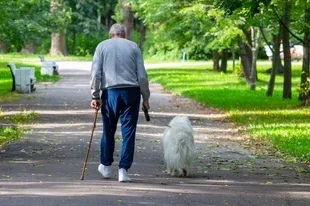
Animals already contribute to society in countless ways, from guide dogs assisting the blind to therapy animals providing emotional support. But in the future, we might see a world where certain animals are officially employed and even compensated. With AI tracking their contributions, working animals like police dogs, farm horses, and even messenger birds could be given their own form of digital currency. Instead of traditional wages, these funds could be used to purchase better food, improved shelter, or even fun enrichment activities.
This concept has already been tested in a small way—some conservation projects use blockchain technology to track elephant movements and “reward” them with resources for staying within protected areas. If this idea expands, we might see a world where service animals have rights similar to human workers, including retirement plans and legal protections against mistreatment. But if animals become financial contributors to society, how far should it go? Could this lead to a dystopian scenario where companies exploit animals for profit under the guise of employment? The idea of animals earning money is both fascinating and deeply complex.


